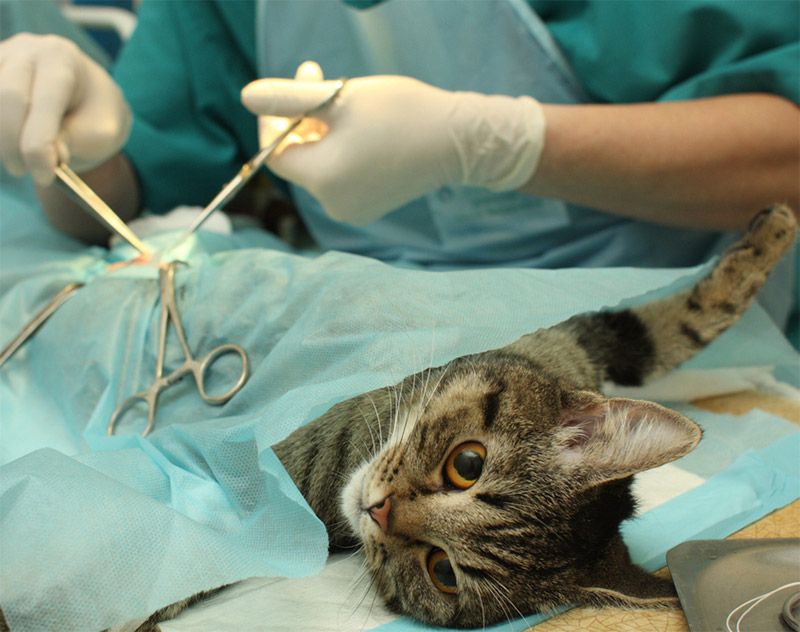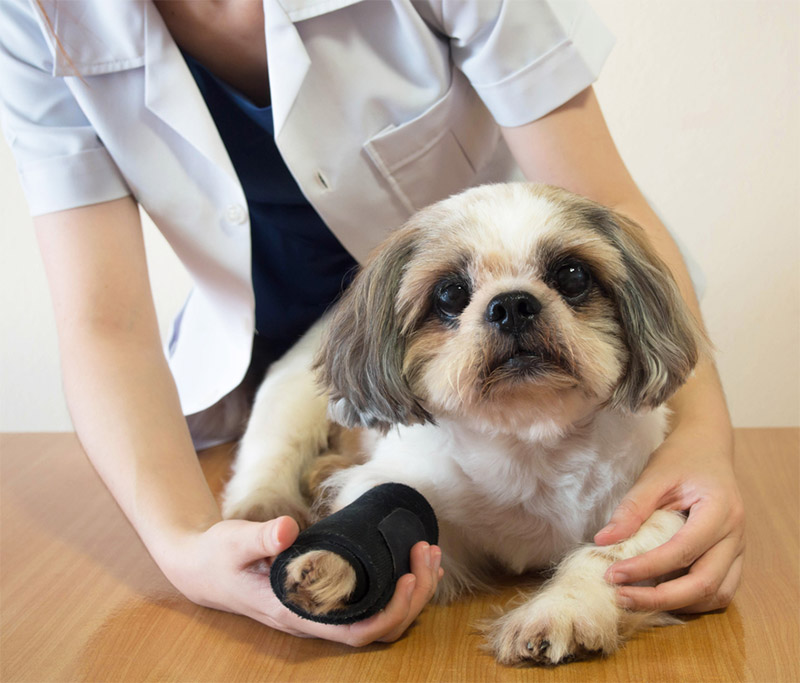
Routine & Advanced Surgery
What is Pet Surgery?


Routine Pet Surgery vs Advanced Pet Surgery
Routine surgeries for pets are common procedures performed by our veterinarians to address various health conditions or to prevent certain problems. These surgeries are generally considered safe and are routinely performed on a wide range of animals. Here are some examples of routine surgeries for pets:
- Spaying and Neutering
- Dental Cleaning
- Mass or Tumor Removal
- Hernia Repair
- Foreign Body Removal
- Cystotomy
- Entropion/Ectropion Repair
- Soft Tissue Surgery
- Minimally Invasive Surgery
Routine Pet Surgery vs Advanced Pet Surgery
- Orthopedic Surgery
- Neurosurgery
- Ophthalmic Surgery
- Cardiothoracic Surgery
- Oncologic Surgery


What To Expect At A Surgery Appointment For Your Pet
Pre-surgical Consultation: Prior to the surgery, you’ll have a consultation with the veterinarian. They will review your pet’s medical history, conduct a physical examination, and discuss the surgical procedure in detail. This is an opportunity for you to ask questions, clarify any concerns, and provide necessary information about your pet’s health.
Preoperative Preparation: Your veterinarian may request some preparatory steps before the surgery. This might involve fasting your pet for a specified period, typically from the night before the procedure, to ensure their stomach is empty and reduce the risk of complications during anesthesia.
Admission Process: On the day of the surgery, you’ll bring your pet to the veterinary clinic at the appointed time. The admission process will include completing necessary paperwork, such as consent forms, and discussing any last-minute instructions.
Pre-anesthetic Evaluation: A veterinary technician or nurse will conduct a pre-anesthetic evaluation of your pet. This may involve taking vital signs, performing blood tests, and ensuring your pet is in optimal condition for the surgery. The veterinarian will review these results to customize the anesthesia protocol for your pet’s specific needs.
Anesthesia Induction: Once your pet is deemed ready, they will be taken to the surgical suite. Anesthesia will be administered to induce a safe and controlled state of unconsciousness. During the procedure, your pet’s vital signs, including heart rate, blood pressure, and oxygen levels, will be closely monitored by trained professionals.
Surgical Procedure: The veterinarian, assisted by a skilled surgical team, will perform the necessary surgical procedure. Whether it’s a routine spay/neuter, tumor removal, or more complex surgery, the veterinarian will utilize their expertise and the clinic’s resources to ensure the procedure is performed with precision and care.
Postoperative Monitoring and Recovery: After the surgery, your pet will be moved to a recovery area where they will be closely monitored as they wake up from anesthesia. Veterinary professionals will check their vital signs, assess pain levels, and take appropriate measures to keep them comfortable and secure during this crucial recovery phase.
Postoperative Instructions: Once your pet has sufficiently recovered, our team will provide you with detailed aftercare instructions to help ensure a speedy and successful recovery. We will also schedule follow-up appointments to monitor your pet’s progress and make any necessary adjustments to their treatment plan.
Routine & Advanced Surgery For Pets




